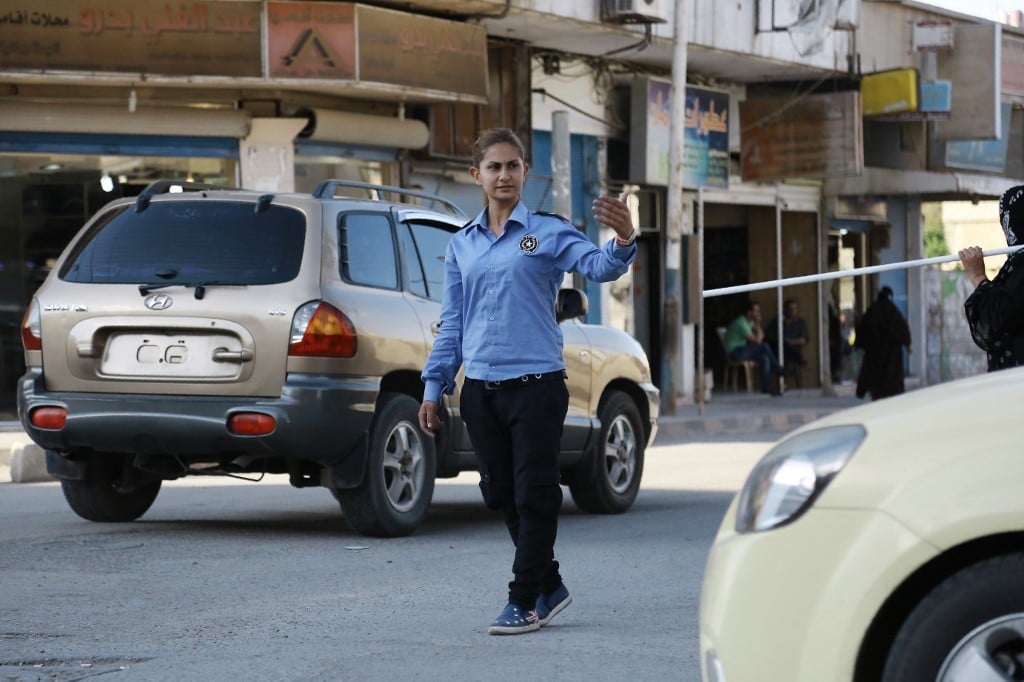
Ghassan Okla
The official Syrian newspaper “al-Ba’ath” published a statistical study last year, showing that spinsterhood in Syria reached 70%, while marrying a second woman reached 40%. These statistics were “shocking” and went viral on media websites and social media platforms. Nevertheless, a lot of spectators believe that such statistics don’t really reflect the transformation that the Syrian society has been experiencing experienced. This society became undeniably a “feminine society” to the core.
Before diving into further details, understanding the notion of spinsterhood would perhaps shed light on its short and long term problems and outcomes in Syria. Spinsterhood is a term used to refer to those who passed the age of marriage known in their society, be it a male or a female. In common, this phenomenon is more used to refer to women. Depending on society’s norms and traditions, spinsterhood age varies. Estimations also differs when it comes to differences between rural and urban populations. Discussing male spinsterhood is not less significant than that of females, especially when it comes to the Syrian case. However, the room is not enough to contain both in this blog. So, I will focus exclusively on the female side in this blog.
War in Syria is clearly the main reason behind the high spinsterhood rates in this country. By war, I also mean the accompanying economic repercussions and demographic changes. After 10 years of civil war, hundreds of thousands of young people were lost (between 20 and 40 years old). Those people either died, or turned into immigrants or detainees. Consequently, many cities and villages – especially in the pro-regime regions – lost the majority of their men. As a result, these regions turned into areas full of widows and spinsters. The same situation applies (with varying percentages) to the entirety of the Syrian geography, where female presence is overwhelming across all sites, be it work, universities or otherwise. The fact that marrying a second woman increased into 40% (which is an unprecedented statistic) reflects the imbalance between male and female count. It is a natural reaction in society and was encouraged by some religious circles. That bitter fact persists though courts demand whoever intends to marry a second woman to prove having a monthly income no less than 5.00.000 Syrian pounds (about $170).
It is certain that this numerical imbalance between females and males will not recover soon. It might take decades before talking about close proportions between the two genders in Syria. This issue will raise deep negative effects on various economic and social aspects. It will also change the structure of the Syrian society into a “senile” one, although this society has been described for decades as a “young” one. All of this and more will double Syrian women’s responsibilities, leaving them alone to while facing an unknown fate. It should be also taken into consideration that many women lack several qualifications to fill the gap left by not having males beside them. Moreover, many Syrian communities governed by “masculine” traditions prevent women from doing what is considered a “male’s job”. This will increase the severity of the crisis – especially on the economy and high poverty rates – and will cost women a great deal.
The risk indicators of this social phenomenon are clear. They crudely affect daily life. Nevertheless, the absence of the Syrian state intervention to face this issue and to contain its outcomes remains odd. An intervention of this scale will require massive human and monetary resources that the government may not possess due to having an unprecedented economic crisis in Syria. Even if available, these resources will feed the machine war rather than solve other problems.
The question obviously remains open about the fate of the Syrian society, now that it turned into a “feminine society” in the absence of the state’s social role. What makes things more difficult is the absence of any glimmer of hope to get out of the maze of this phenomenon on the medium and long terms!
DISCLAIMER
The opinions expressed in this publication are those of our bloggers. They do not purport to reflect the opinions or views of Fanack or its Board of Editors.


